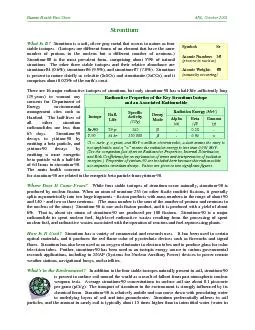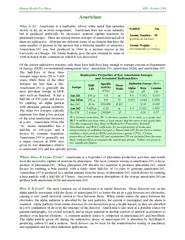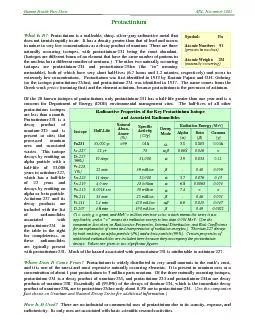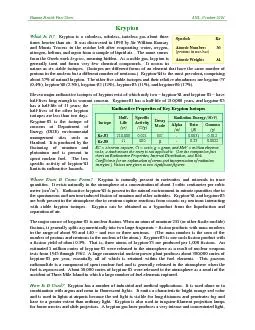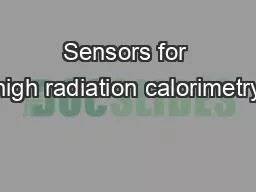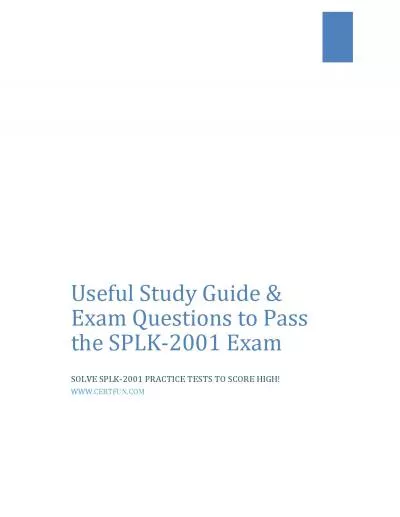PDF-Human Health Fact Sheet ANL, October 2001
Author : giovanna-bartolotta | Published Date : 2015-11-04
Symbol Sr Atomic Number 38 protons in nucleusAtomic Weight 88naturally occurring Radioactive Properties of the Key Strontium Isotope and an Associated Radionuclide
Presentation Embed Code
Download Presentation
Download Presentation The PPT/PDF document "Human Health Fact Sheet ANL, October 20..." is the property of its rightful owner. Permission is granted to download and print the materials on this website for personal, non-commercial use only, and to display it on your personal computer provided you do not modify the materials and that you retain all copyright notices contained in the materials. By downloading content from our website, you accept the terms of this agreement.
Human Health Fact Sheet ANL, October 2001: Transcript
Download Rules Of Document
"Human Health Fact Sheet ANL, October 2001"The content belongs to its owner. You may download and print it for personal use, without modification, and keep all copyright notices. By downloading, you agree to these terms.
Related Documents

